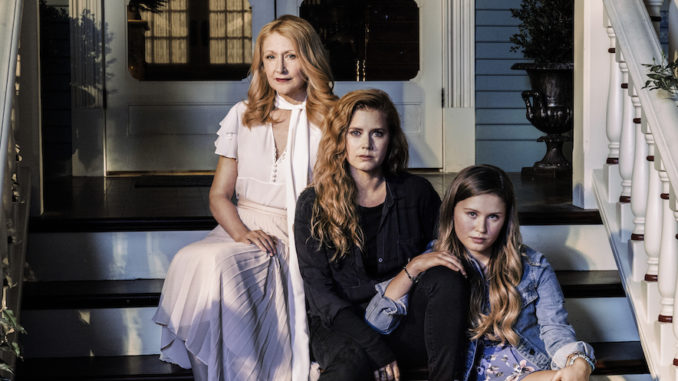Representation of Mental Illness in the Women of Sharp Objects
In 2018, HBO released an 8-episode mini-series adaptation of Gillian Flynn's book Sharp Objects. Helmed by Big Little Lies director, Jean Marc-Valle, it followed the story of a journalist, Camille Preaker, who returns to her childhood hometown of Wind Gap, Missouri to write about the murder of two teenage girls. As details of the murders are uncovered and Camille’s stay is lengthened, old childhood traumas resurface, and Camille is forced to confront her past. The show was lauded for its realistic characterization because Sharp Objects’ representation of mentally ill women, particularly women who are broken by the oppressive culture of violence in the South, shows audiences a reality that society doesn’t typically want to confront.
Sharp Objects explores intergenerational trauma and familial relationships through three characters: the matriarch of the house, Adora Crellin; her daughter, Camille; and Camille’s step-sister, Amma Crellin. Camille is the outcast of her family. Immediately after she graduates, she flees the town and gets a journalism job in Chicago. When she returns, it becomes evident that she doesn't longer adhere to what Wind Gap’s expectations of a young women should be. She rejects femininity, choosing not to wear dresses, but rather long, black attire to hide the scars of her self-harm. When confronted about having children, she acts almost repulsed by the idea. Camille suffers from depression and has tried to commit suicide in the past. She cuts words into her body and her entire body is scarred. The story actually starts shortly after she is released from a mental facility. Trauma from her mother and her sexual assault in high school have left her a broken woman.
Sharp Objects' representation is discussed and analyzed so often because mental illness and trauma, especially in women is not often explored in this fashion. Rather than portraying Camille as a monster, or crazy, or a danger to society, Sharp Objects is incredibly empathetic to her illness. This type of representation is so incredibly important to take away social stigmas against depressed and suicidal people. And while Amma and Adora aren't depicted in a particularly positive way, their characters still highlight the dangers of abuse and how much it can impact a person's development and perspectives on life.





No comments:
Post a Comment